You might be wondering why your Ancestry and 23andMe results are different.
Factors including sample size, geography and reference criteria can cause a difference between DNA Ancestry tests, 23andMe tests, or any other genetic testing companies. However, as both DNA test results will vary somewhat, the majority of results should remain about the same.
Let’s dive in and find out more. It’s been a decade since Ancestry started sending out DNA tests. They weren’t the first though.
A group of investors, including Google, pulled together $9 million to start 23andMe in 2007. By November of the same year, the first at-home DNA test was available for a whopping $999.
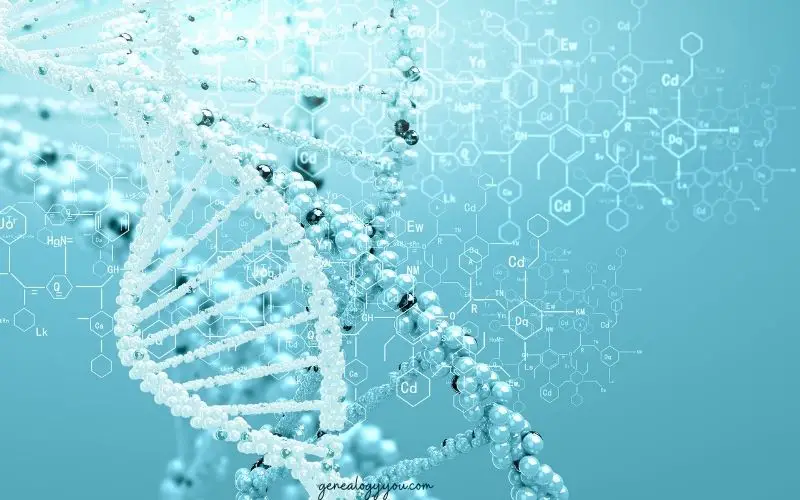
Luckily, through advancing technology and competition, interested participants can submit their own DNA sample and get a glimpse into their family history for less than ten percent of that original figure.
But as technology has gotten better, so have the genetic testing companies and reference populations.
Essentially, the more people who submit their DNA sample, the better, and more specific, the results will get.
With each new test, more data is fed back to the greater genetic pool and the wider the possibilities.
As exciting as that sounds, it’s easy to see why so many people have jumped in with the goal of learning more about their past.
Even more so than learning about their past, there’s a growing number of people who use a testing company to connect in real-time to the family they never knew.
This is a popular choice with those who were adopted or have very limited data about their family.
Imagine finding out you have an identical twin and they did the test, too. You could contact them. What a family reunion that would be!
In an effort to get even more insight, people are starting to order two kits from both Ancestry and 23andMe. The results vary, which leads to a deeper understanding of where you come from.
So, what is the difference between the results you get from Ancestry and 23andMe?
Two Companies Analyzing DNA
The short answer points to reference groups and regions. So, what does that mean?
Let’s start with the DNA evidence that becomes references for the results. Both Ancestry and 23andMe have gone to extreme lengths to create diverse and accurate reference panels.
Ancestry has over 30,000 more DNA samples as part of their panels than 23andMe. Even so, 23andMe still had over 14,000 in their reference datasets.
Where do the DNA samples come from?
The DNA used goes through quite a process to be included as part of Ancestry or 23andMe’s reference group.

As an overview, here are some of the qualifications both companies use to make the sample official:
- DNA tested. To start with, a person who is interested in their DNA being a reference must be tested themselves. The idea is that their genetic ancestry matches the geographic region they are testing from.
- Regional longevity. The DNA test must also match with the family history. People whose sample has been accepted were able to provide extensive documentation that showcases a prolonged family history in the same region.
So, if you’re like many in the melting pot of America with family from all over the place, then you are likely unqualified. That’s not to say that the process is perfect.
The ability to verify a family tree and how long a group has been in an area is an intense one but reliant upon documents made and kept up by humans.
Despite the possibility of flaws, it’s as close as we can get to a well-oiled machine of ancestry DNA.
Overlapping Geographic Regions
Another part of the discrepancies between DNA testing companies has a lot to do with regions. While the map may seem pretty straightforward to most, the way ethnicities are broken up is complicated.
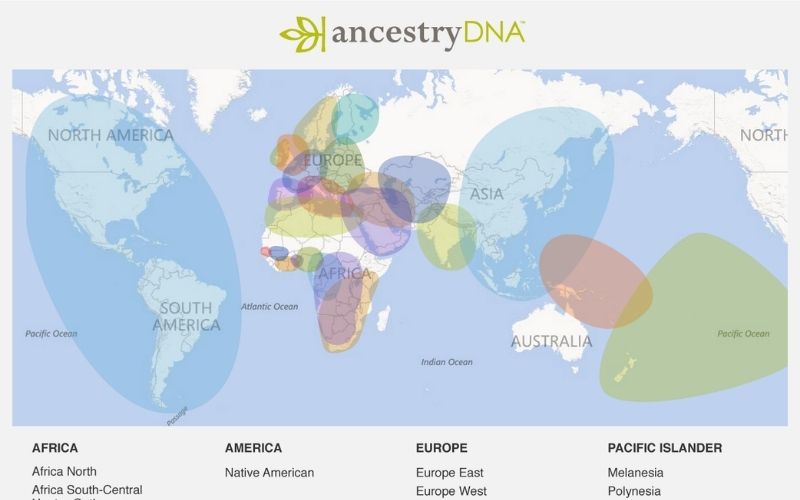
Borders between countries have wavered over the years and are man-made. That offers wiggle room for how these areas are grouped together and defined beyond where the lines are drawn.
Due to the diversity in these DNA pools, the biggest difference between Ancestry and 23andMe might be how they associate regions.
For example, since Ancestry has more samples, the ethnicity estimates might be sharper.
They may have more people from very specific places in Europe and be able to tell you that your DNA results showed Sweden, France, Spain, Italy, and Greece. A 23andMe report might call the same area broadly European or broadly northwestern European or even broadly southern European.
Another example of how regions can differ is the results for the Ashkenazi Jewish population. That description may come up in your DNA but you might not recognize the origins.
Ashkenazi Jews are from central and eastern Europe. On 23andMe it could show up as a subcategory under European, but on the Ancestry reports it doesn’t mention Jewish. You might just be grouped under east European.
Why are my DNA results different with different companies?
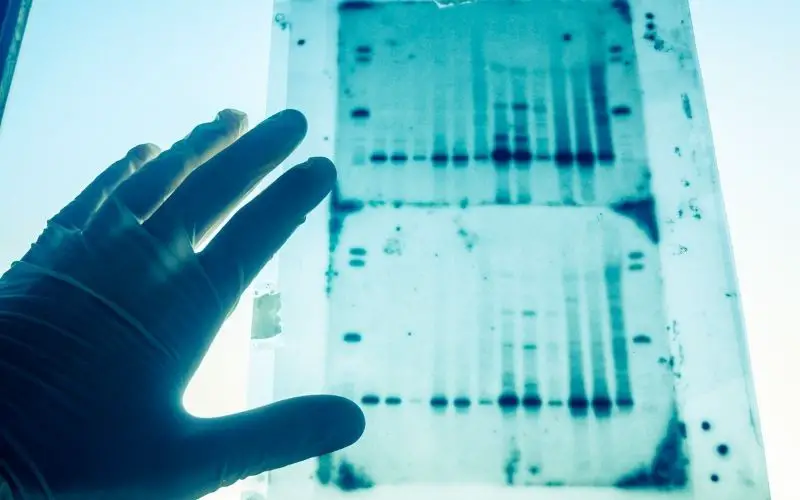
When you combine the varying factors together, it’s easy to see why there could be a margin for variance between DNA Ancestry tests, 23andMe tests, or any other genetic testing companies.
However, as both DNA test results will vary somewhat, the majority of the results should remain about the same.
It’s unlikely that you’d get results back that add up to being extremely European from Ancestry results, then get the Middle East or North Africa from 23andMe.
That includes data on ancestors migration patterns as well. Science has come quite far with analysis. They are able to pinpoint changes in our DNA, such as what distant ancestors left Africa and created a new haplogroup.
Now we can also see with an ancestry test where they likely moved to, depending on where they were from.
While not every 23andMe result might be as specific, it is likely the results will show up in similar ways.
Is 23andMe or Ancestry more accurate?
Thus far, we’ve gone over why you’re likely to have different results between the tests based on a number of factors.
That doesn’t mean either are off. They just calculate with slightly varying end results.
So, does that make one test a better representation of your human history?
The reality is that Ancestry DNA results have an edge over 23andMe and that’s just based on the numbers.
As we mentioned previously, Ancestry has over 44,000 different samples in their reference DNA pool. They also set their criteria at 6cMs per segment, which increases potential DNA matches.
While 23andMe has a smaller pool it pulls from, the DNA matches are higher quality for the most likely genetic reports of family relations. They also have a more accurate health report through DNA testing.
Should I do just one DNA test?
Before we dive into comparisons, it must be said that getting multiple tests would just give you deeper insight.
Where one test from one company may lack detail, the other might get nitty-gritty with the subcategories.
It can only help to broaden your understanding to get both tests. You can even use the raw data from Ancestry results, for example, to plug into other websites to get even more information.
What type of DNA tests are available?
Both Ancestry and 23andMe use the same type of testing; autosomal DNA. This type of testing is for tracing DNA that is from both the mother and father’s side of the family tree.
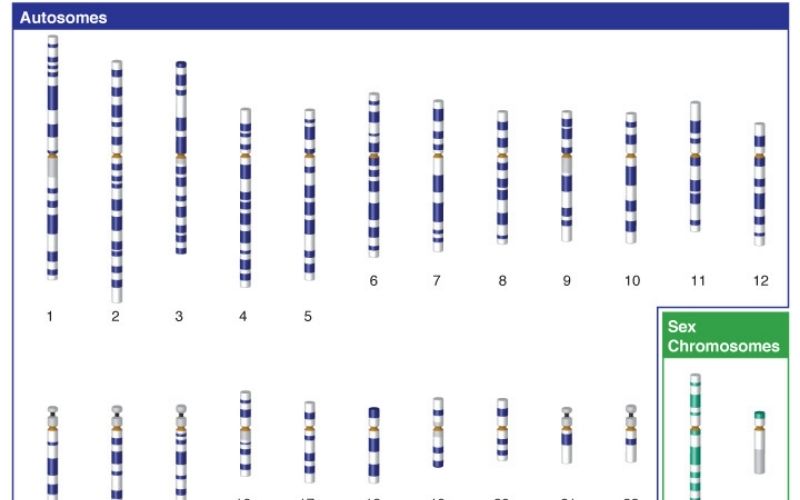
The idea is to learn about generations ago as well as now.
This test can be taken by everyone with accurate results and is the most common type you’ll find on the market.
There are two other genetic tests you could take. These would help you discover your haplogroup but not necessarily connect you with ancestors lived or those who are still living.
Here’s a breakdown of the tests:
- Y DNA tests. This test is for biological males since the Y chromosome is only passed down from father to son.
- mtDNA tests. This is a look back on the mother’s line through the mitochondria. This gets passed down from only the mother to all the children.
Can 23andMe be wrong about ancestry?
Technically, yes. The likelihood of it being at the facility, though, is infinitesimally small since it’s a computer program that works on the results.
However, between human error and individual circumstances, there is a very rare chance that something could go wrong with your results.
Here are a few scenarios that might yield inaccuracies:
- Testing with others. It’s becoming increasingly more popular to get multiple test kits and submit samples as a family or even a group of friends. If your results are seemingly wildly inaccurate, it might be a switch that happened before the tests were sent off by accident.
- Donor cells. If you’ve had a stem cell or bone marrow transplant, your white blood cells have been replaced by the donor’s white blood cells. That means you likely have two sets of genomes showing up in the test results. It is not recommended that you take a mainstream DNA test if you fall into this category.
- Children of identical twins. If a parent is half of a set of identical twins, your results might show that your first cousin is a half-sibling. That’s because the identical part of the twins doesn’t stop at the face. It also applies to DNA.
- Chimera. Speaking of twins, there’s the case where an unhealthy twin is absorbed by the fraternal, healthy counterpart. Now, the surviving baby is carrying DNA from the fetus that didn’t make it, in addition to their own.
- Underrepresentation. If you see a result that confuses you, there might be more to that. There are ethnicities that are being identified with other groups because they are the most closely related. As the number of samples increases over time, you’ll see fewer cases of groups of people not being represented, but it is possible currently.
Why does my 23andMe ancestry composition show Neanderthal variants?
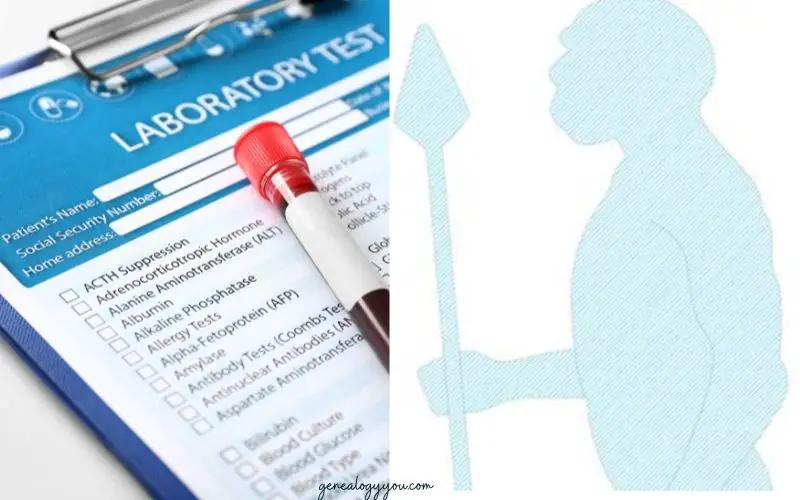
Another way the results from Ancestry DNA and 23andMe may differ probably has to do with our distant relatives, Neanderthals. While Ancestry does not break down exact percentages for that variant, 23andMe lets you know if you have some of that DNA in you.
It was once widely believed that Neanderthals were completely separate from modern-day humans. We now know that’s not entirely true.
Even though they went extinct around 40,000 years ago, there are still traces of them in our ancestry composition. In fact, when the two groups were running around at the same time, about ten percent of the human genome was made up of Neanderthal genes.
If you take the 23andMe test, they provide you with a full report detailing your personal connection to our long-lost Homo neanderthalensis.
If you’re curious and haven’t purchased a test from 23andMe, here’s a handful of traits we have in common with Neanderthals:
- Hair type and color
- Eye and skin colors
- Sleep patterns
- Depression
- Addiction
Why are the Native American percentages different?
Whether you tested with Ancestry or 23andMe, it’s possible to have Native or Indigenous DNA show up in a limited capacity for your results.
We say limited because Native American is a broad term that can’t specify where or which tribe your ancestors belonged to.
The percentage fluctuates for reasons listed previously but also because of the limited samples from the Indigenous population.
If you find this DNA in your results, use it to propel you into research about your ancestors. It’s a great opportunity to learn about your past and maybe you can figure out details on your lineage.
However, you won’t be able to use an Ancestry DNA test to become part of a tribe as enrollment does not accept that form of identification as proof of a connection.
What’s the future of genetic testing?
The great thing about getting the test once is that it’s really an ongoing process. No matter which company you go with, or both, the results are updated as the raw data begins to grow.
If you log into your account occasionally, you might see an update every time.
Not only are the results getting more specific, but both companies are also trying to learn more about traits and health. All of this knowledge can come together in a much bigger package as time marches forward.
The more we learn about genetic populations and the traits associated more so with one group over another, the more we may be able to answer more serious questions.
Some of which will be using DNA markers to figure out the development of illnesses such as cancer or maybe even behavior. Eventually, testing of this nature will be used to predict issues before they arise and even bring about cures.
We hope we’ve helped you answer the question “why are my Ancestry and 23andMe results different”?

